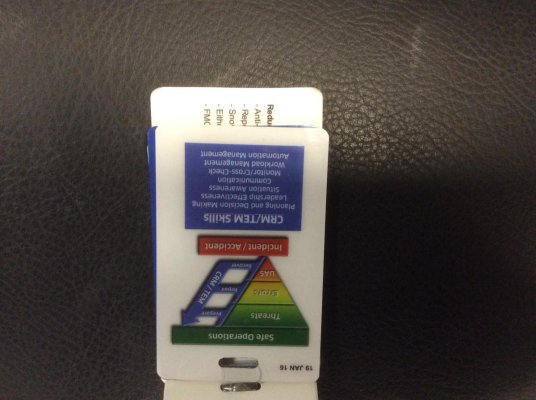dhays
Guru
- Joined
- May 26, 2015
- Messages
- 9,045
- Location
- United States
- Vessel Name
- Kinship
- Vessel Make
- North Pacific 43
Good points all. On my sailboats, I only used RADAR when I felt that conditions warranted. There were really two reasons that. The first is that I felt, and still feel, that eyes are better looking out than looking in. This was drilled into me during my VFR training decades ago and has been my experience on boats for the past 50 years. The second is limited plotter real estate. I only had one display and under normal daylight conditions, that real estate was better used for other information. When visibility was poor or at night, I would use the RADAR. Now on my boat I have the luxury of two display screens. It is much easier to display the RADAR without sacrificing other information. However, under normal daylight conditions, I am convinced that I am safer looking out at the water at traffic, than I am looking at a RADAR display.
However, I also have concluded that I need to spend more time with the RADAR so that under poor visibility conditions I am better at interpreting it. Hence, I have used the RADAR much more, even under ideal conditions, just to get that practice.
FWIW, I don't tend to do things in any area of my life simply to CYA. Some day that may come back to bite me, but it hasn't so far. My own layperson interpretation of the COLREGS is that when I will use RADAR when it enhances safety but not when it could distract from it.
BandBs point about more than one pair of eyes is very important. The other night, we had three of us actively looking for traffic and obstructions. Only one of us spotted the unlit anchored boat.
However, I also have concluded that I need to spend more time with the RADAR so that under poor visibility conditions I am better at interpreting it. Hence, I have used the RADAR much more, even under ideal conditions, just to get that practice.
FWIW, I don't tend to do things in any area of my life simply to CYA. Some day that may come back to bite me, but it hasn't so far. My own layperson interpretation of the COLREGS is that when I will use RADAR when it enhances safety but not when it could distract from it.
BandBs point about more than one pair of eyes is very important. The other night, we had three of us actively looking for traffic and obstructions. Only one of us spotted the unlit anchored boat.




